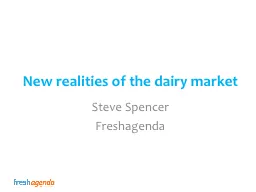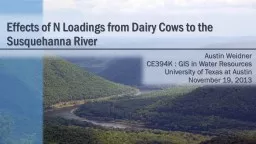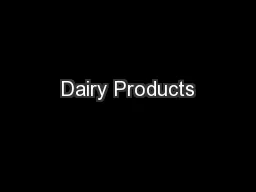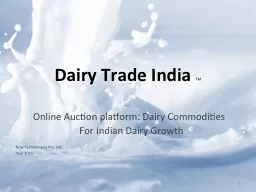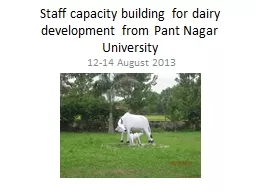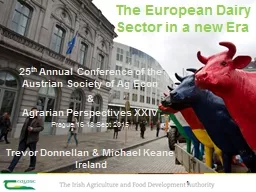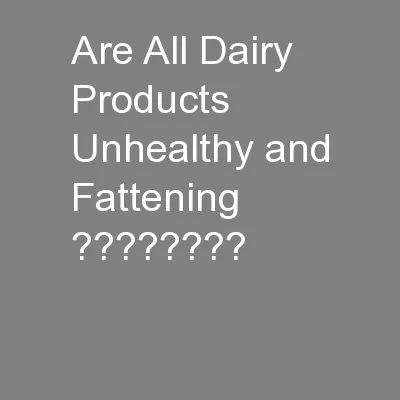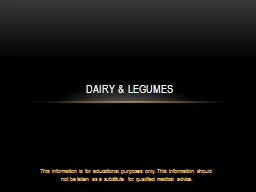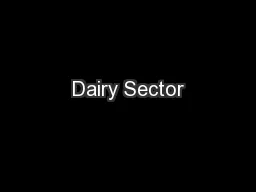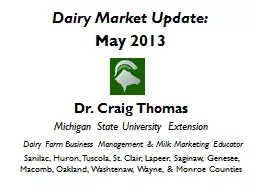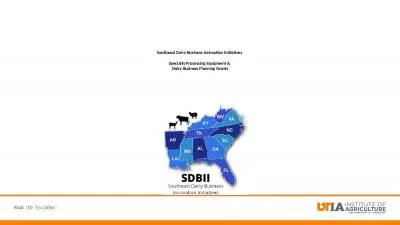PPT-New realities of the dairy market
Author : pasty-toler | Published Date : 2017-11-09
Steve Spencer Freshagenda What we do 2 Track world market in milk Simulate future dairy trade Market surplusshortage Product values Translate impacts on suppliers
Presentation Embed Code
Download Presentation
Download Presentation The PPT/PDF document "New realities of the dairy market" is the property of its rightful owner. Permission is granted to download and print the materials on this website for personal, non-commercial use only, and to display it on your personal computer provided you do not modify the materials and that you retain all copyright notices contained in the materials. By downloading content from our website, you accept the terms of this agreement.
New realities of the dairy market: Transcript
Download Rules Of Document
"New realities of the dairy market"The content belongs to its owner. You may download and print it for personal use, without modification, and keep all copyright notices. By downloading, you agree to these terms.
Related Documents

